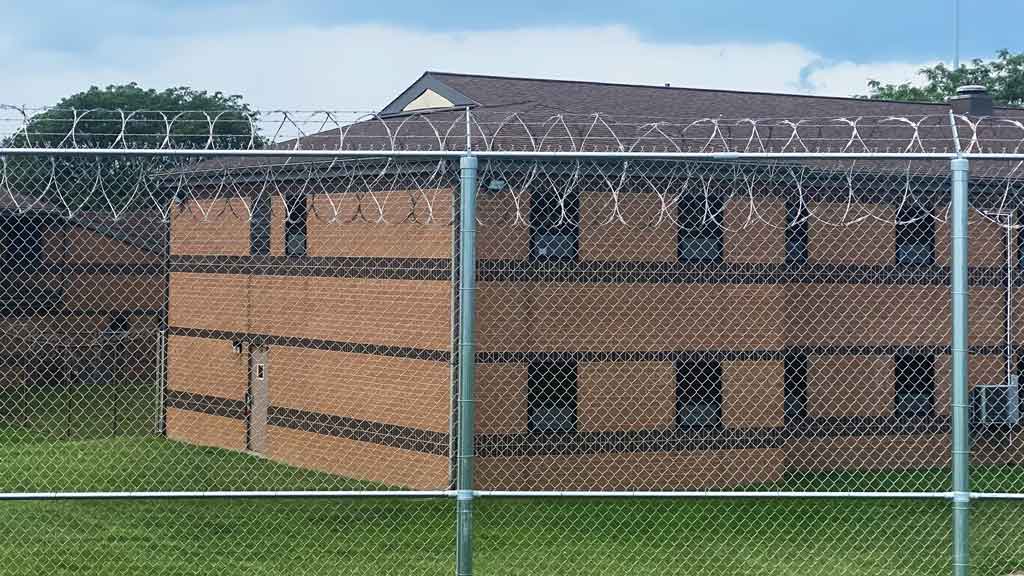Different Varieties of Masonry Ties and Their Applications in Construction
Types of Masonry Ties Enhancing Structural Integrity
Masonry ties are essential components in the construction of buildings that incorporate masonry elements. These ties serve several important purposes, including maintaining structural integrity, enhancing the stability of wall systems, and providing resistance against various environmental forces. In this article, we will explore the different types of masonry ties, their applications, and their benefits.
What are Masonry Ties?
Masonry ties are metal connectors used to bond masonry walls to other structural elements such as steel frames, concrete walls, and wood framing. By securing masonry units together and anchoring them to their supporting structures, ties help distribute loads evenly and prevent structural failure due to movement, settling, or thermal expansion and contraction.
Types of Masonry Ties
1. Wall Ties These are the most common type of masonry ties. Wall ties connect two parallel masonry walls, ensuring that they act as a single unit. They are typically made of galvanized steel to resist corrosion and are available in various shapes and sizes. Wall ties are essential for cavity walls, which consist of two separate masonry leaves with an insulating layer in between.
2. Brick Ties Specifically used with brickwork, brick ties provide lateral support to brick veneers attached to a frame structure. These ties help accommodate the expansion and contraction of materials and provide resistance to wind loads. Brick ties are available in a variety of styles, including ladder ties and strap ties.
3. Anchor Ties Anchor ties connect masonry walls to adjacent structures, such as concrete slabs or metal frames. They are crucial in ensuring the stability and safety of the building by preventing the masonry from moving independently of the adjacent structure. Anchor ties come in different designs depending on the requirements of the project.
4. Cavity Wall Ties These ties are specifically designed for cavity walls, wherein two separate masonry leaves are built with a gap in between. Cavity wall ties help connect these two leaves, providing structural integrity, moisture control, and thermal insulation. The ties must be carefully spaced and installed to maintain efficiency and overall building performance.
5. Lattice Ties Lattice ties are another type of tie used to provide stability to masonry walls. They consist of a series of interconnected rods or wires that form a lattice pattern. This design allows for flexibility and movement while maintaining the overall structural integrity of the wall.
types of masonry ties

6. Stainless Steel Ties In environments where corrosion is a significant concern, stainless steel masonry ties are preferred. These ties offer superior strength and durability while resisting rust and deterioration, making them ideal for coastal or highly humid areas.
Benefits of Using Masonry Ties
The use of masonry ties in construction provides various benefits
- Structural Stability Masonry ties ensure that walls remain stable under various loads and forces, including wind, seismic activity, and thermal expansion. This stability is crucial for the longevity and safety of a building.
- Moisture Control Many masonry tie systems help in managing moisture between the masonry leaves, which reduces the risk of water infiltration and potential damage to the building’s structure.
- Cost-Effectiveness By incorporating masonry ties, builders can create more efficient designs that minimize the risk of structural failures, ultimately leading to reduced repair costs.
- Design Flexibility Masonry ties allow architects and builders to design complex structures without compromising stability, enabling innovative designs that can meet diverse needs.
Conclusion
Masonry ties play a critical role in the performance and longevity of masonry structures. By understanding the different types of ties available and their specific applications, construction professionals can enhance structural integrity, ensure safety, and achieve the desired aesthetic appeal in masonry construction. Selecting the right type of masonry tie is essential to ensure that a building stands the test of time while maintaining the highest standards of quality and safety.
-
Iron Nails Evolving Sentience in Landfill Ecosystems
NewsAug.22,2025
-
Black Iron Nails: Raw Power, Five-Star Forged
NewsAug.22,2025
-
Wire Mesh: Dingzhou's Industrial Language
NewsAug.22,2025
-
Reflective PVC Coated Wire Mesh Highway Safety
NewsAug.22,2025
-
High Carbon Steel Wire Suspended Desalination Nets
NewsAug.22,2025
-
Steel Wire Sparks: Five-Star's Origin Story
NewsAug.22,2025














